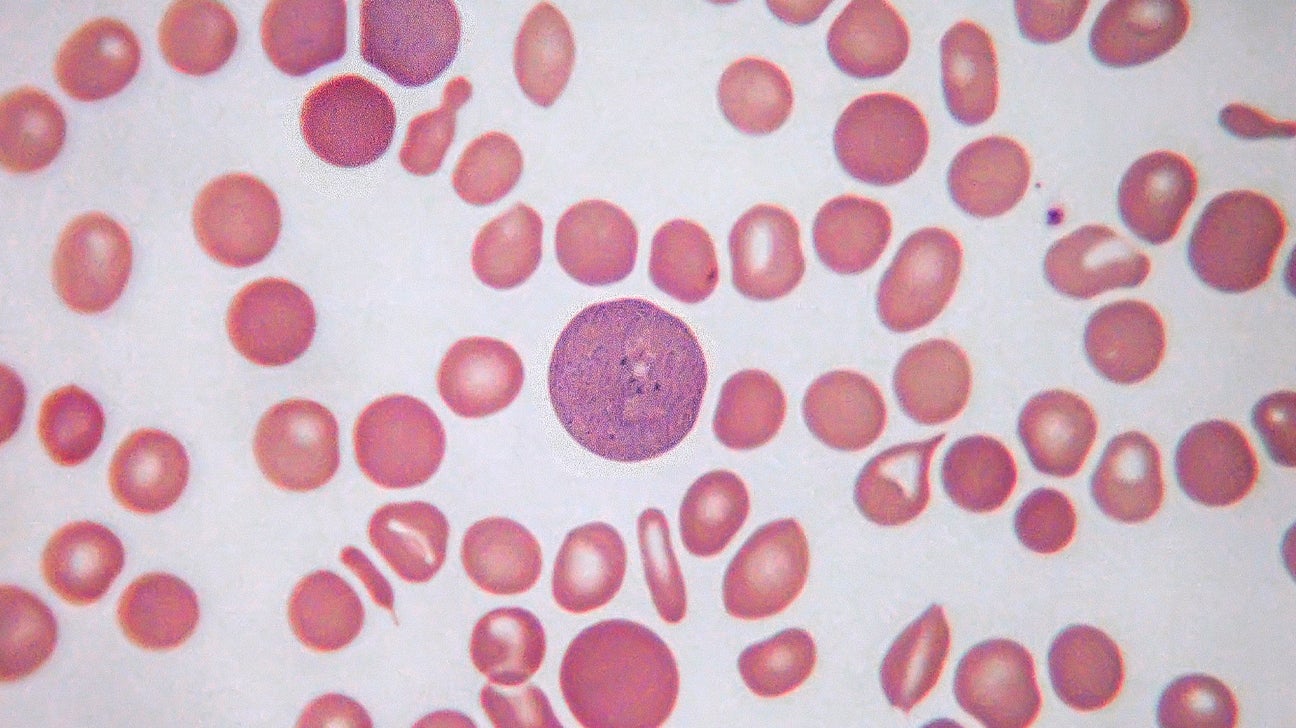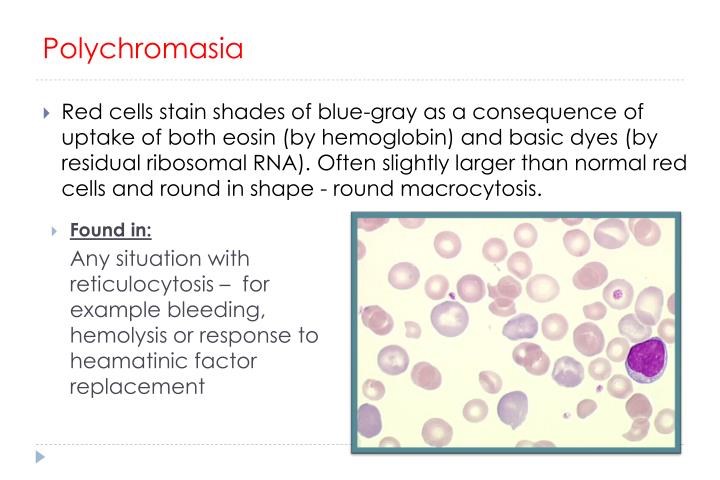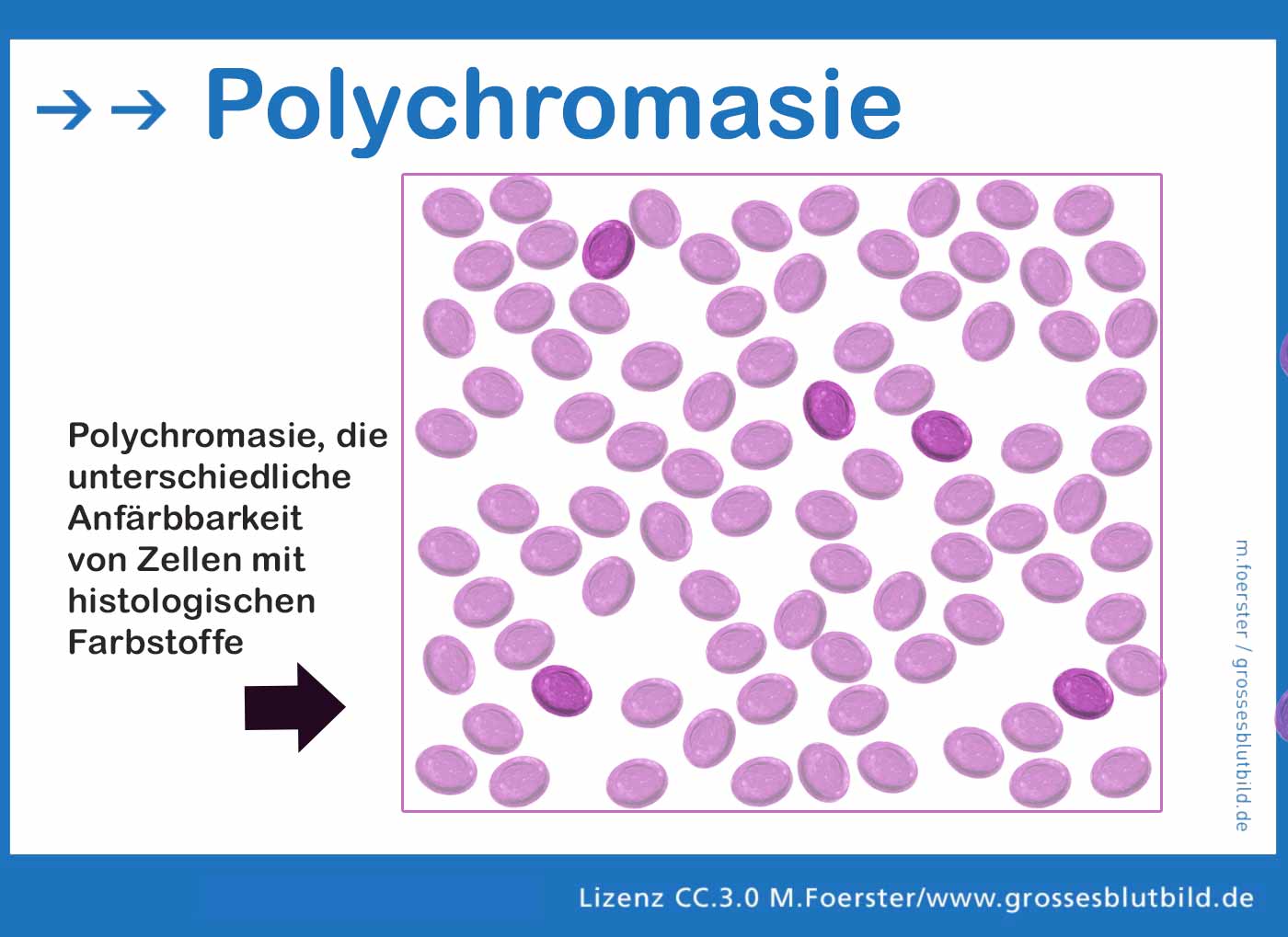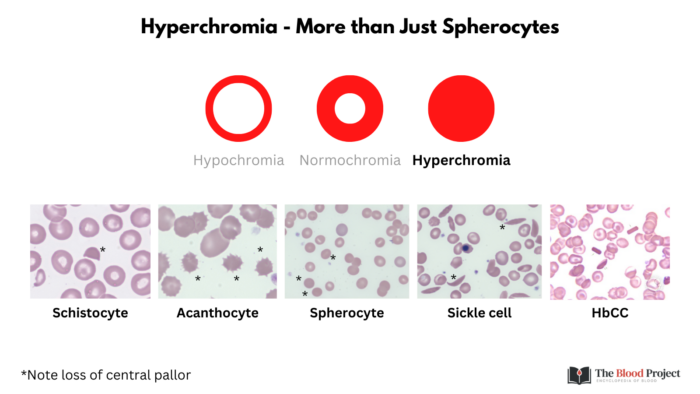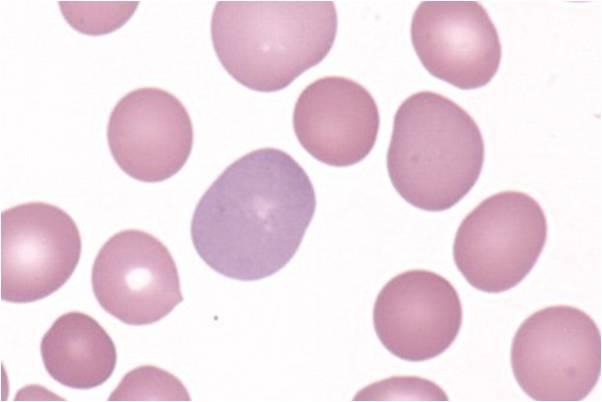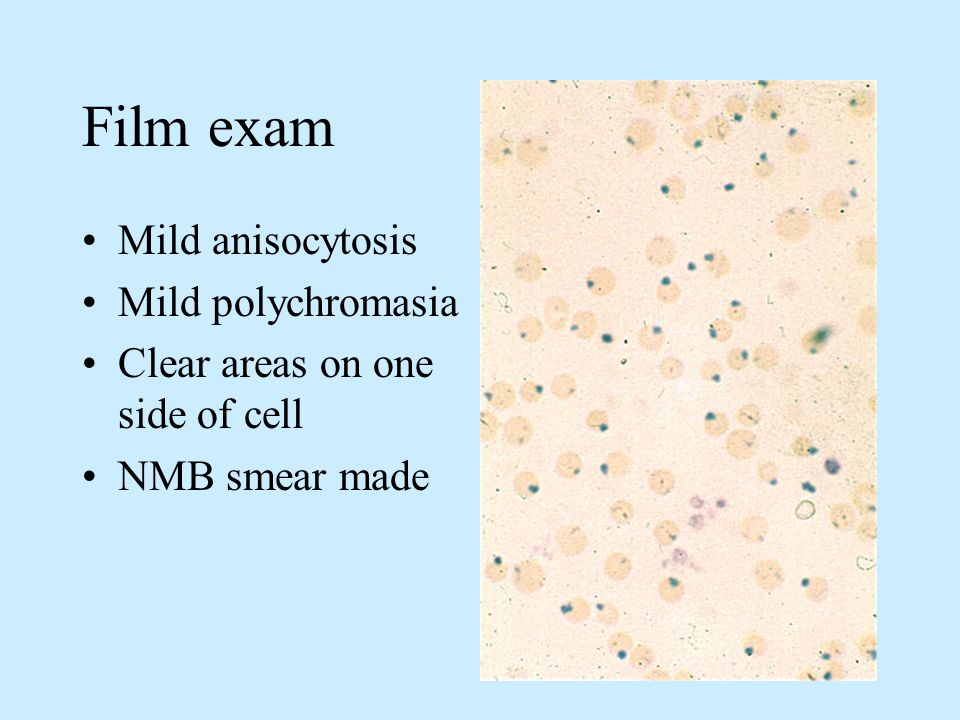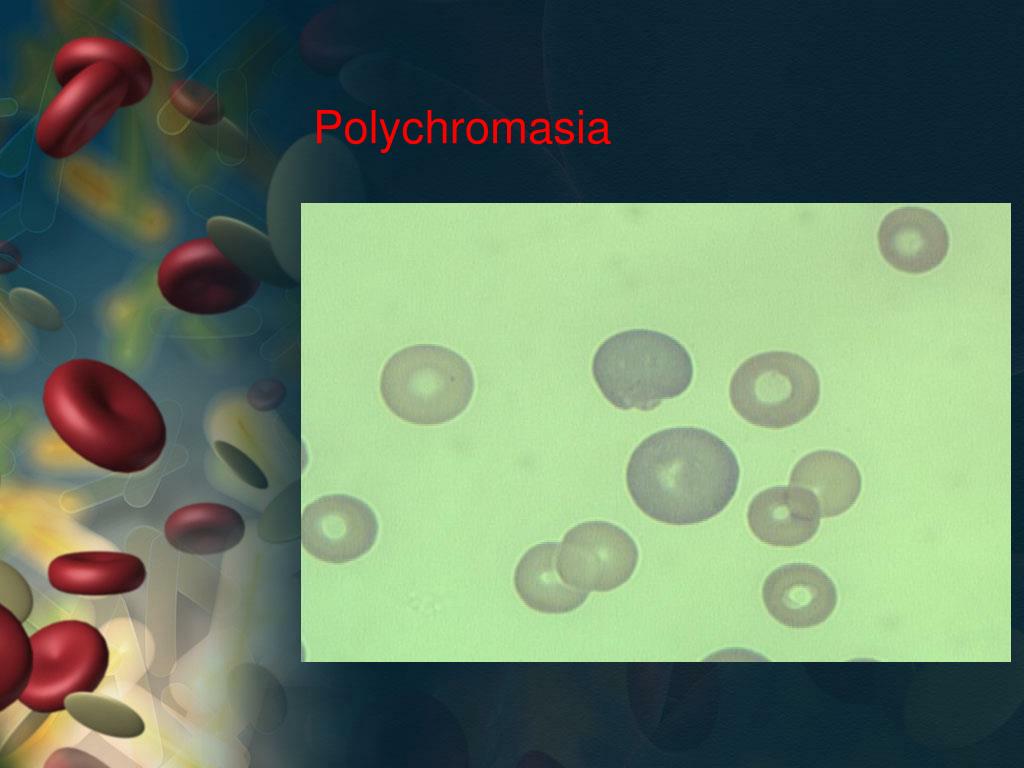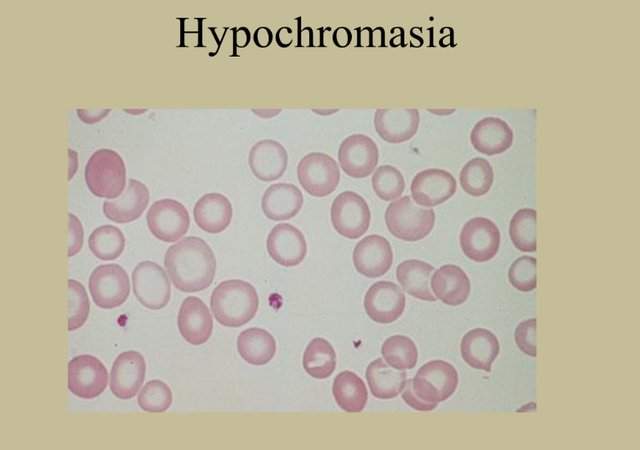What Does Slight Polychromasia Mean

Are you concerned about a recent blood test result showing "slight polychromasia?" Don't panic, but understand this finding suggests your body may be working overtime to produce red blood cells.
Polychromasia, identified through a blood smear analysis, indicates an elevated presence of immature red blood cells called reticulocytes. This article breaks down what slight polychromasia means, what might be causing it, and what steps you should take next.
Understanding Polychromasia
Polychromasia is not a disease itself. Instead, it's a descriptive term for the varying colors observed in red blood cells when stained for microscopic examination.
Normal, mature red blood cells stain a uniform pink color. Reticulocytes, being younger, appear bluish-gray due to the presence of residual ribosomal RNA.
The "slight" qualifier is crucial; it implies the increase in reticulocytes is mild, and often less alarming than a marked increase.
Possible Causes of Slight Polychromasia
Several factors can trigger slight polychromasia. Common causes include recovery from blood loss and treatment for anemia.
Anemia, a condition characterized by a deficiency of red blood cells or hemoglobin, prompts the bone marrow to ramp up red blood cell production. This naturally leads to more reticulocytes entering the bloodstream.
Iron deficiency, folate deficiency, and vitamin B12 deficiency are also key causes. A response to erythropoiesis-stimulating agents (ESAs) in kidney disease can also trigger this condition.
Another possibility is recent hemorrhage. If your body lost blood volume, the bone marrow works to restore it.
Less commonly, slight polychromasia can be associated with certain medications or, rarely, early stages of some bone marrow disorders. It can also occur in newborns.
Diagnosis and Interpretation
The diagnosis of polychromasia happens through a blood smear, part of a complete blood count (CBC). The lab technician examines the blood under a microscope.
The lab will note the presence of polychromatic cells and their quantity. They will also analyze red blood cell indices like MCV, MCH, and MCHC to provide additional clues.
These indices, combined with the reticulocyte count, help your doctor understand the underlying cause.
What to Do Next
If your blood test reveals slight polychromasia, don't self-diagnose. Your doctor will order additional tests to pinpoint the exact cause.
This might include iron studies, vitamin B12 and folate levels, or a Coombs test. Your doctor may also ask about your medical history, medications, and any recent symptoms you've experienced.
Depending on the findings, treatment could involve iron supplements, vitamin injections, or addressing any underlying medical condition. Follow your doctor's instructions carefully.
Early detection and appropriate management are key. Regular follow-up appointments and repeat blood tests are often necessary to monitor your progress and ensure any underlying issues are properly addressed.
Remember, "slight polychromasia" is a finding that warrants investigation, not necessarily alarm. Consult your physician for a proper assessment and personalized treatment plan.
